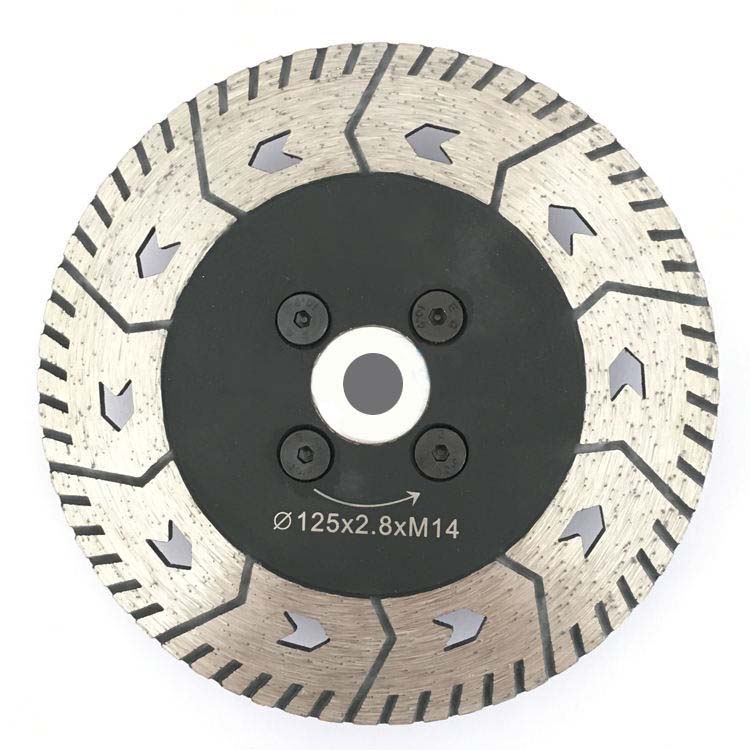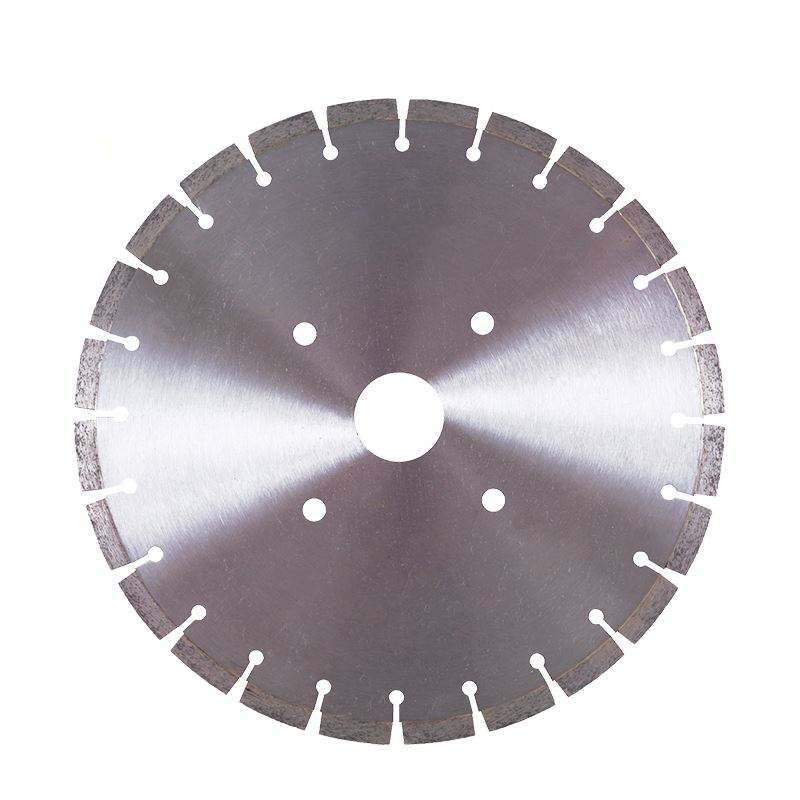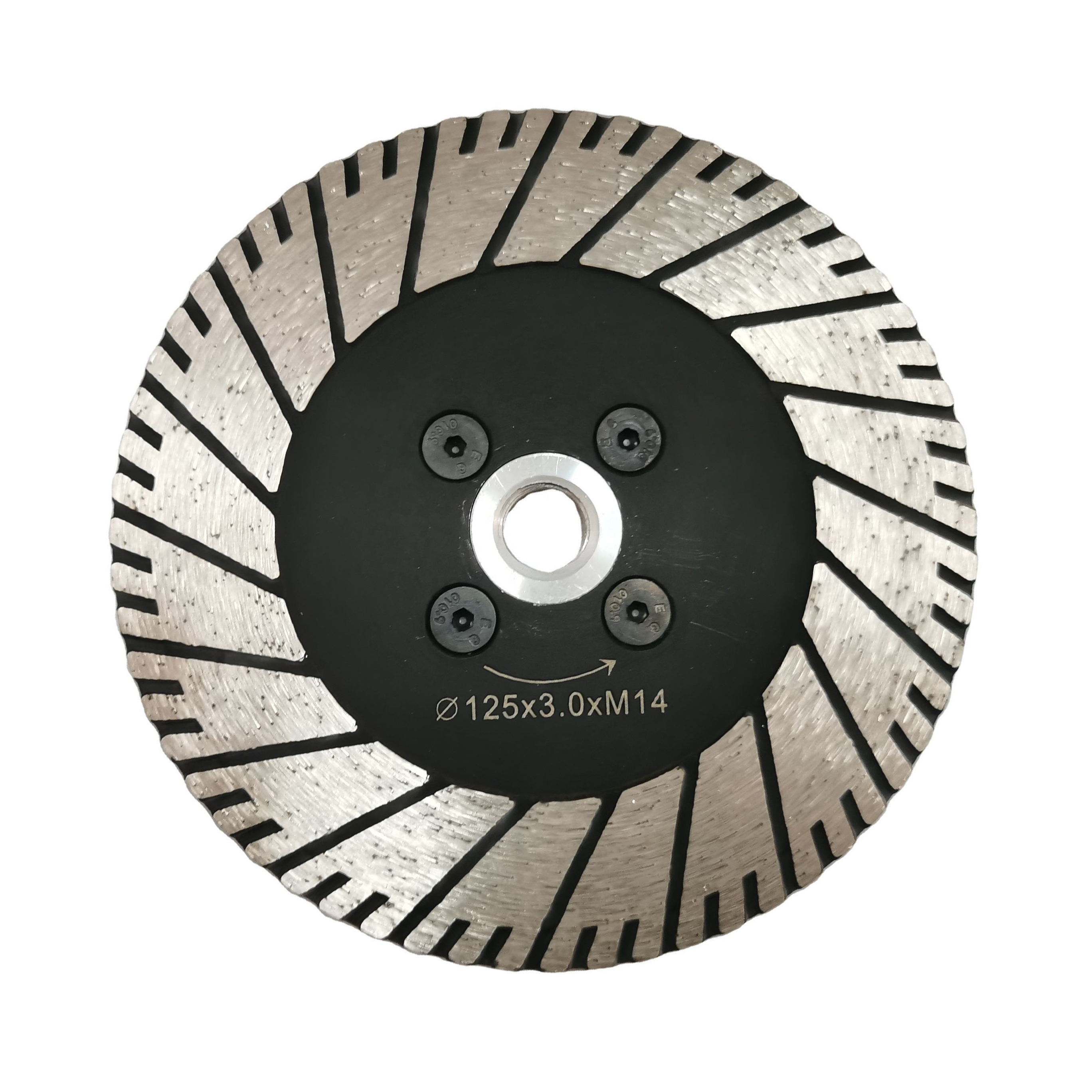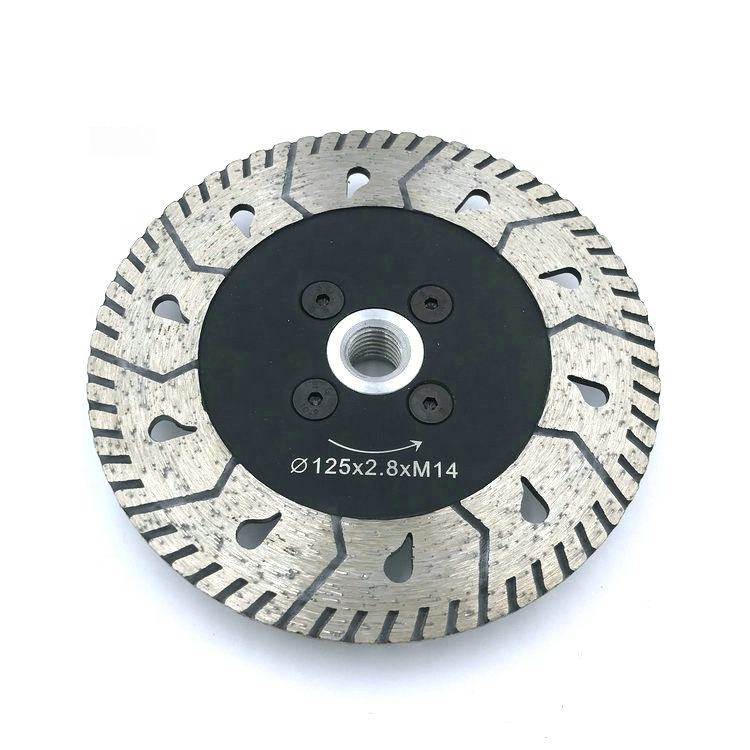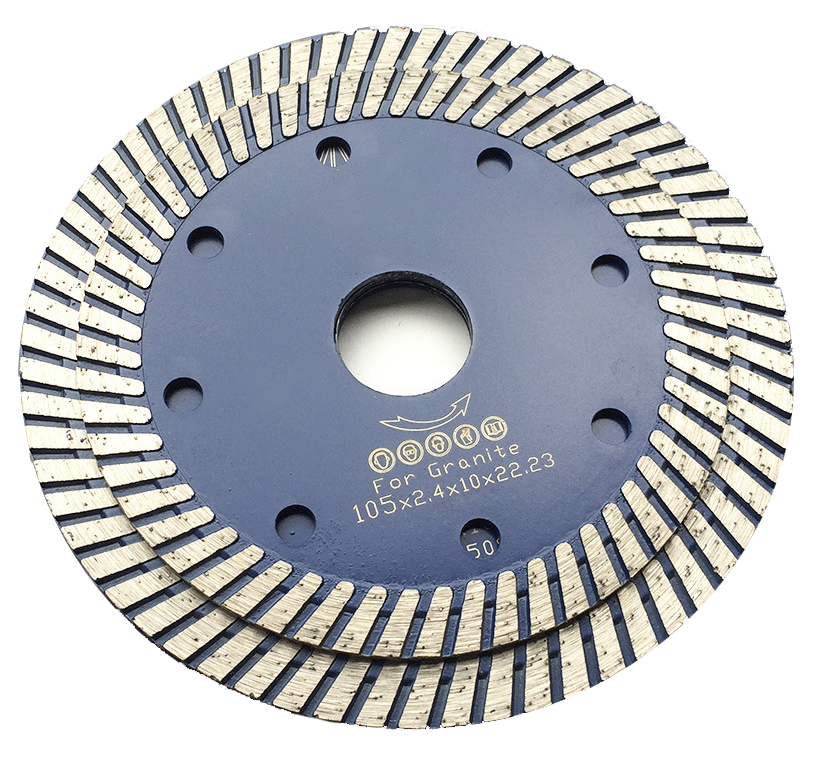Using cutting wheels for cutting is a widely adopted method. To maximize cutting efficiency, what steps can be taken to enhance the cutting process?
Choose the Right Cutting Wheel for the Material
Selecting cutting discs appropriate to the workpiece material is crucial. Incompatible wheels can lead to abnormal wear, overheating, and reduced sharpness, risking damage to the wheel and safety concerns.
Opt for the Suitable Cutting Wheel Shape
Properly shaped cut-off wheels, such as T1/T41 with smooth profiles and larger cutting surfaces, allow for more cuts per wheel, facilitating deep cuts and ample operating area. T42/T27 wheels, with concave centers, provide more tool clearance but may reduce stock removal, ideal for flush and slitting cuts.
Consider the Thickness of the Cutting Wheel
Thinner wheels remove less material during cuts, yielding smoother, faster cuts with cleaner surfaces. Thicker wheels last longer and perform better on heavier materials. Choose the thinnest wheel for quick cutting and thin gauge material, and thicker wheels for longer cuts.
Utilize Reverse and Forward Movement
Employ a sliding or rocking motion during cutting to prevent abrasive grains from dulling. Moving the grinding wheel into and across the workpiece reduces friction and drag, prolonging wheel life.
Avoid Excessive Pressure
Excessive force increases pressure and heat, accelerating wear and potentially damaging the wheel. Apply moderate pressure to maintain cutting efficiency without compromising safety.
Start Cutting at Right Angles
Initiating cuts at the correct angle prevents binding, especially crucial with thinner wheels. Position yourself to observe the wheel cut line for precise cutting results.

